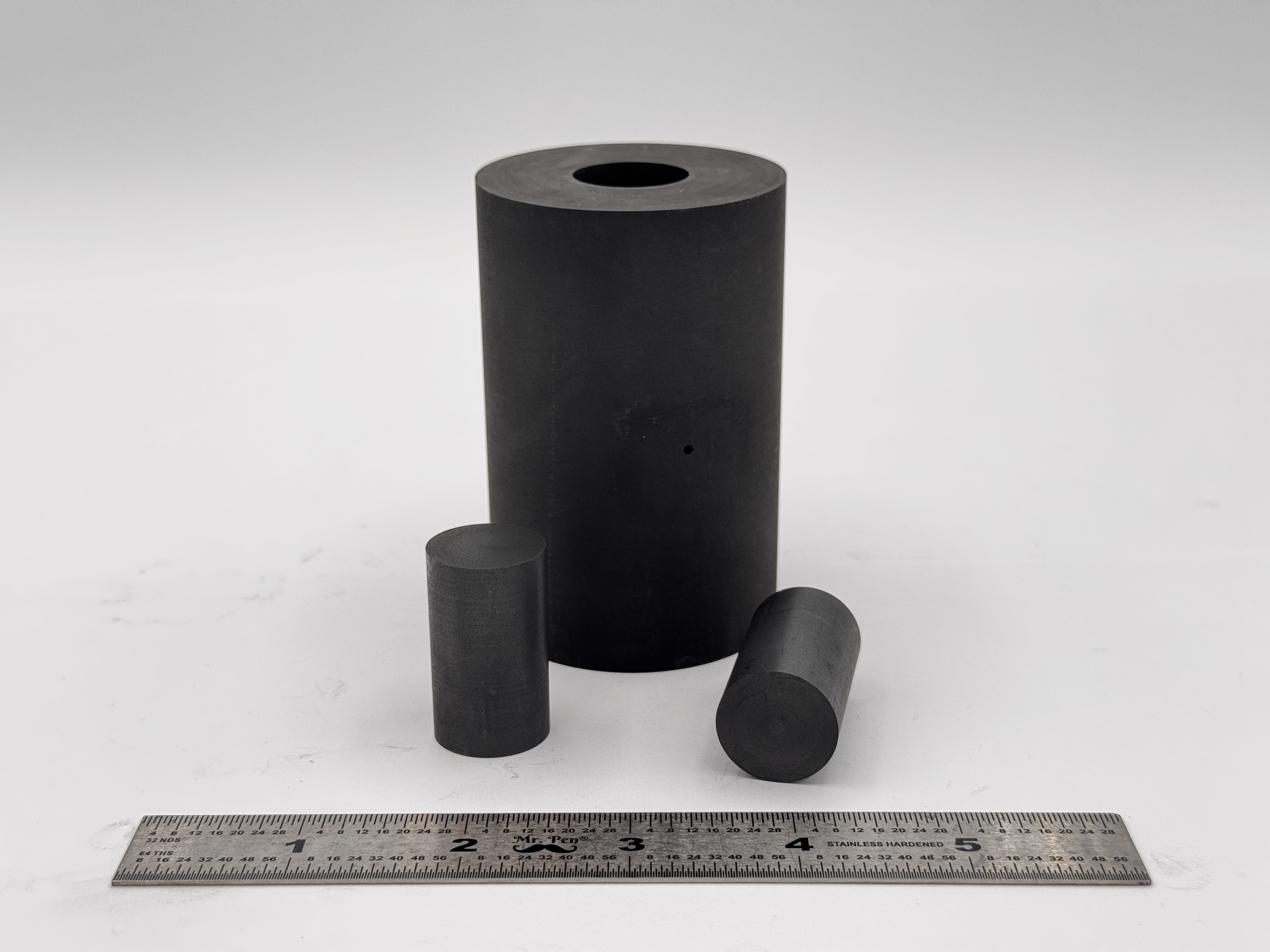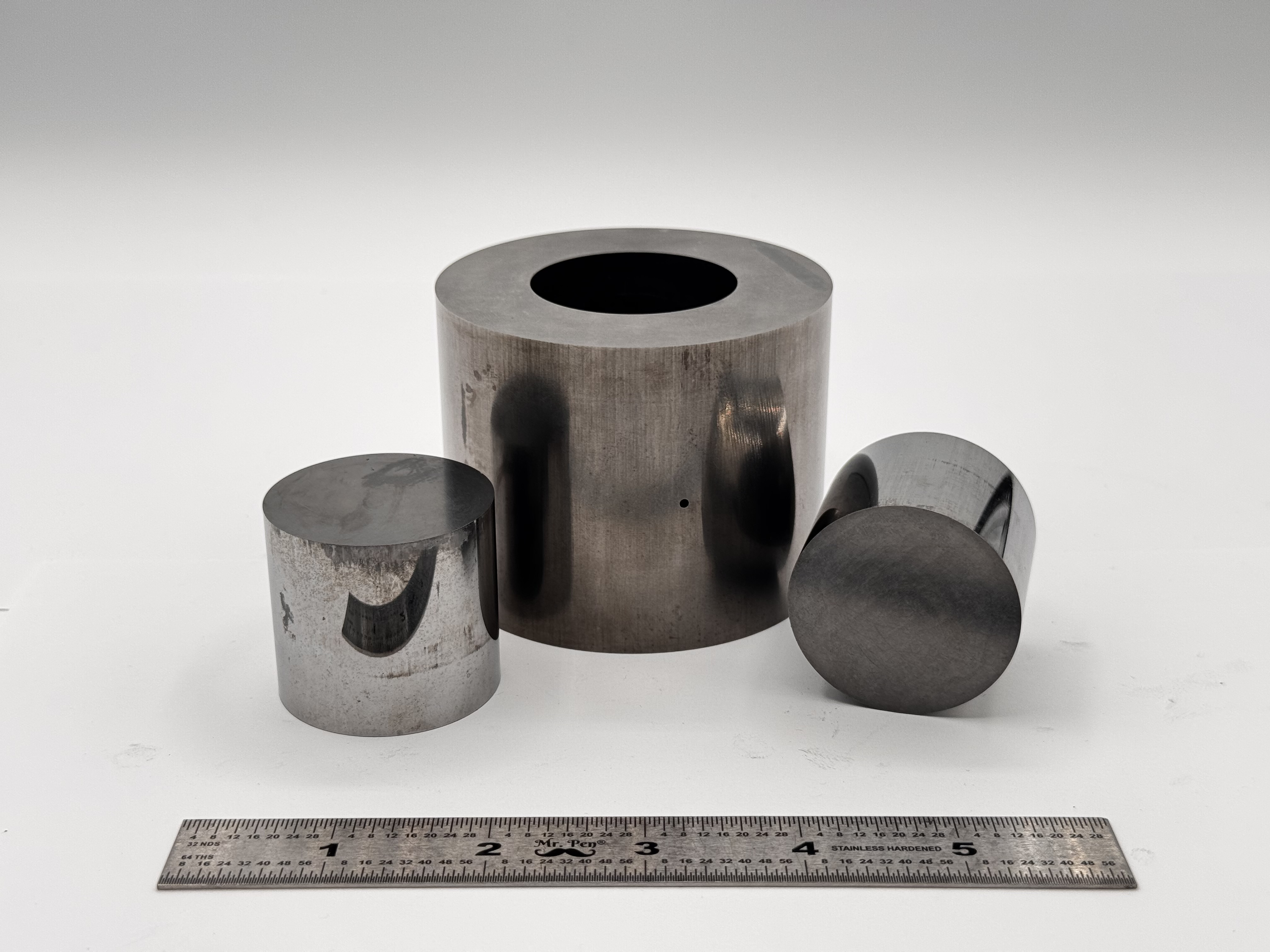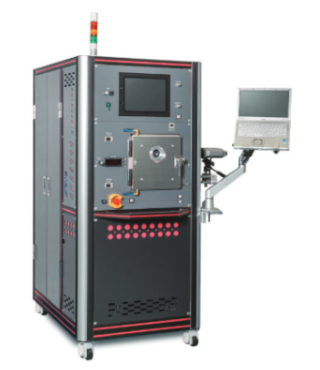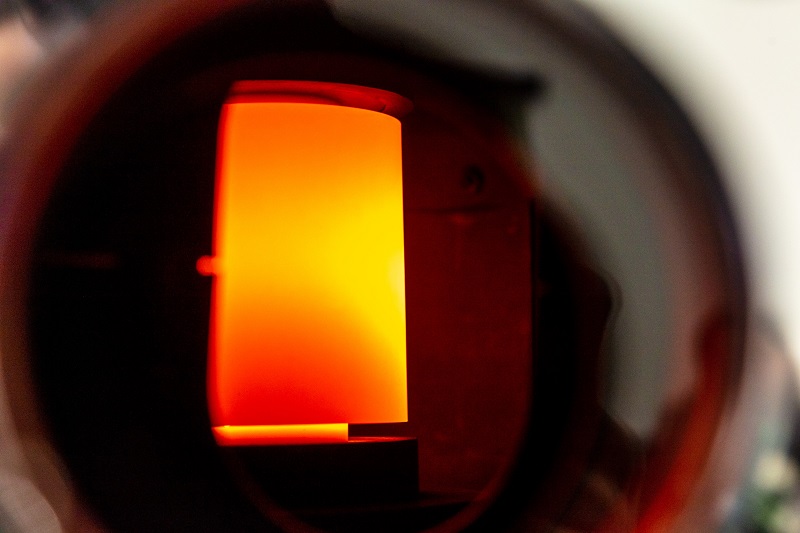Unveiling the Power of Hot Isostatic Pressing (HIP) in Material Enhancement
Hot Isostatic Pressing (HIP) stands as a technological marvel in the realm of material science and manufacturing processes. This technique, widely employed in industries ranging from aerospace to medical, holds the key to transforming the properties of materials, especially metals and alloys.
The HIP Process:
The HIP process unfolds in several carefully orchestrated steps to achieve optimal results:
Material Preparation:
The journey begins with the material, often in the form of powder or pre-formed components, carefully placed within a sealed container. This step sets the stage for the subsequent metamorphosis of the material's properties.
Sealing:
The container is hermetically sealed, creating an environment conducive to controlled transformation. This crucial step ensures that no gases escape during the high-pressure and high-temperature treatment.
Heating:
The sealed container undergoes a controlled heating process, elevating the material's temperature. It's noteworthy that the temperature applied is strategically chosen—below the material's melting point to prevent deformation but sufficiently high to facilitate plastic deformation or sintering.
Pressurization:
Simultaneously, the container is subjected to high pressure, applied uniformly in all directions. This is the 'isostatic' component of the process, where pressure acts uniformly on the material. The synergistic effect of high temperature and pressure is the hallmark of HIP, setting it apart as a unique and powerful manufacturing process.
Benefits of HIP:
The marriage of elevated temperature and pressure in the HIP process bestows several advantages upon the treated materials:
Densification:
- The application of pressure aids in reducing any voids or porosity present in the material, leading to a substantial increase in density. This results in materials with enhanced structural integrity.
Homogenization:
- The high temperature facilitates the diffusion of elements within the material, promoting a more uniform distribution. This homogenization process contributes to improved material properties and performance.
Sintering:
- In cases where materials are in powdered form, the HIP process promotes effective bonding between particles. This sintering effect leads to the formation of a solid, dense structure, further enhancing the material's characteristics.
Deformation and Consolidation:
- The simultaneous application of pressure and elevated temperatures induces plastic deformation in the material. This process aids in achieving a more compact and refined microstructure, resulting in materials with superior mechanical properties.
Applications of HIP:
Hot Isostatic Pressing finds applications across diverse industries due to its ability to enhance materials in ways that conventional methods often cannot. From aerospace components requiring exceptional strength to medical implants demanding precise and durable features, HIP proves invaluable in crafting high-performance materials with complex shapes.
Conclusion:
Hot Isostatic Pressing stands as a testament to human ingenuity, offering a transformative approach to material enhancement. Through the strategic application of temperature and pressure, HIP breathes new life into materials, unlocking a world of possibilities across various industries. As technology advances, the role of HIP in shaping the future of materials science continues to be a fascinating journey of innovation and discovery.
 High Strength SPS Graphite Tooling
High Strength SPS Graphite Tooling Tungsten Carbide Tooling
Tungsten Carbide Tooling Carbon Graphite Foil / Paper
Carbon Graphite Foil / Paper Carbon Felt and Yarn
Carbon Felt and Yarn Spark Plasma Sintering Systems
Spark Plasma Sintering Systems SPS/FAST Modeling Software
SPS/FAST Modeling Software